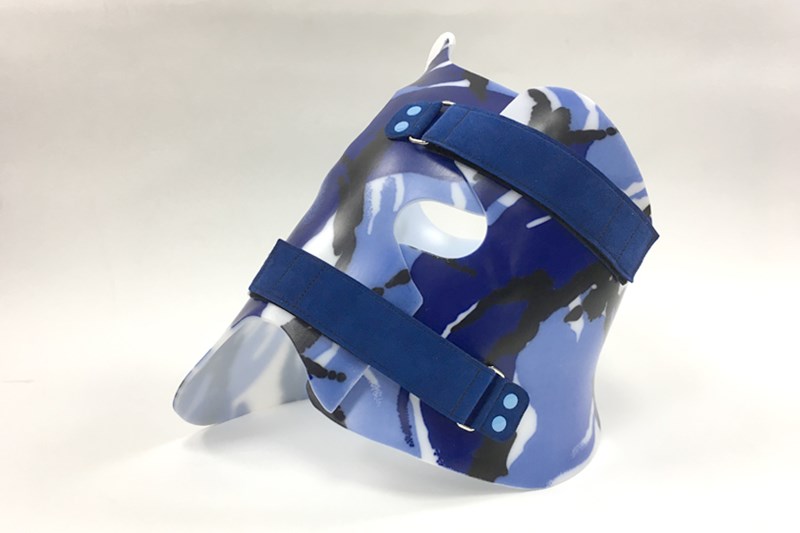
09 June 2020
A current Scoliosis patient wanted to share her experience of LOC’s non-surgical bracing treatment for Scoliosis. Here is what Hannah has to say:
“I was first diagnosed at the age of 15 with 36-degree thoracic-lumbar scoliosis but was told that my curve wouldn’t move and that as I’d stopped growing I couldn’t be fitted for a brace within the NHS. However, a few months later my curve had increased to 38 degrees and I was still in pain.
“After feeling like my back was still flexible and looking at alternative treatments, we decided to go private with the Cheneau-Gensingen brace which I had fitted in October 2018. For me, this was the best decision I have ever made. LOC’s clinician, Anna, was careful not to give me any guarantees that my curve would correct but she was certain that my back pain and posture would improve and cosmetically hide my curve which gave me the little hope I needed.
“After wearing the brace for only about 7-8 months I had a further out-of-brace X-ray in June 2019 which was a year from my previous scan of 38 degrees," Hannah continues. "This showed that my curve had reduced massively to about 23/24 degrees and in turn, this gave me a massive confidence boost. My results are amazing and unexpected, and I am glad that I received the brace through LOC. I am still wearing the brace 18 months later and my back feels even straighter. Thanks to LOC I realised that I wanted to help people with similar if not the same condition as me, so I am now going to Salford University in September to study Orthotics and Prosthetics so I will hopefully be able to help others with Scoliosis as much as LOC has helped me.”
The operation used to treat severe scoliosis curves is typically spinal fusion surgery; a major procedure that involves moving muscles and realigning the skeleton into place. The curved, deformed vertebrae are fused together into a single bone, putting metal screws and rods into the spine to help straighten it. Surgery typically lasts between 4 and 8 hours depending on the severity of the curve. Bone graft is then taken from other parts of the body and used to cover the implants.
Following the operation, it is necessary to spend around a week in intensive care before returning home and the first few days are often uncomfortable. Most adolescents can expect to return to school from 2-4 weeks following surgery, but pain medication may be required up to 6 weeks following. A full recovery from the procedure can take up to a year, as it can take that long for the spine to heal fully.
Spinal fusion surgery causes the fused portion of the back to become permanently stiff, as a result, returning to sports that require large amounts of flexibility (ballet, yoga, gymnastics, dance) or contact (rugby, football, karate, hockey) may take longer.
Risks of spinal fusion surgery are like that of any other major procedure and include infection, blood clots and anaesthesia complications. The added risks include permanent nerve damage to the spine and paralysis.